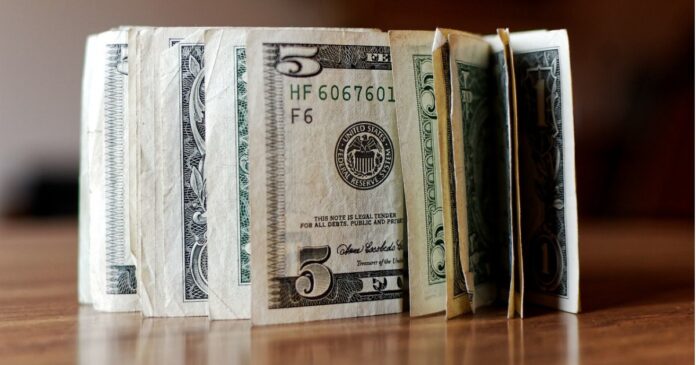Marijuana has been a cash cow for Colorado, and while not running dry, the state has seen a reduction of related revenue flowing into its coffers. Here’s why.
Medical cannabis has been legal in Colorado since 2000 and marijuana for recreational use since late 2012. To the end of September last year, the state had collected more than $22.6 billion from cannabis taxes and fees. The state’s 15 percent excise tax and 15 percent sales tax accounts for the majority of Colorado’s marijuana-related revenue, and there is also a 2.9 percent state sales tax on medical cannabis.
But the September 2024 Economic & Revenue Forecast by the Colorado Legislative Council Staff indicates cannabis revenue has been continuing to decline, albeit at a slowing rate.
The report states the drop is largely attributable to reduced consumption after a surge during the COVID-19 pandemic. Additionally, demand has been falling as other states across the country legalize marijuana, which has seen reduced related tourism in the state.
Also playing a role is oversupply of marijuana that has resulted in persistently low prices at both the wholesale and retail levels. After wholesale prices jumped by more than 30 percent between January 2020 and January 2021 due to pandemic-related demand, prices fell by 63 percent in the two years following, reaching a low point in April of 2023. Prices then started to rebound, but headed back down in the most recent quarter.
Falling prices have also seen cultivators exit the market because they are too low to support their businesses. The number of licensed cultivators in Colorado has dropped by 17 percent compared to the year prior.
The report says revenue is expected to stabilize in FY 2024-25, and begin to increase in FY 2025-26 and FY 2026-27 as prices and consumption rebound; but at slower growth rates than seen historically.
On the medical marijuana front specifically, the number of card holders continues to decline significantly, and is expected to result in continued falling related tax revenue throughout the forecast period. However, many of these patients could be instead buying adult-use marijuana products that are subject to the higher tax and excise.


